Description
Building on the comprehensive theoretical model of dissociation elegantly developed in The Dissociative Mind, Elizabeth Howell makes another invaluable contribution to the clinical understanding of dissociative states with Understanding and Treating Dissociative Identity Disorder. Howell, working within the realm of relational psychoanalysis, explicates a multifaceted approach to the treatment of this fascinating yet often misunderstood condition, which involves the partitioning of the personality into part-selves that remain unaware of one another, usually the result of severely traumatic experiences.
Howell begins with an explication of dissociation theory and research that includes the dynamic unconscious, trauma theory, attachment, and neuroscience. She then discusses the identification and diagnosis of Dissociative Identity Disorder (DID) before moving on to outline a phase-oriented treatment plan, which includes facilitating a multileveled co-constructed therapeutic relationship, emphasizing the multiplicity of transferences, countertransferences, and kinds of potential enactments. She then expands the treatment possibilities to include dreamwork, before moving on to discuss the risks involved in the treatment of DID and how to mitigate them. All concepts and technical approaches are permeated with rich clinical examples.

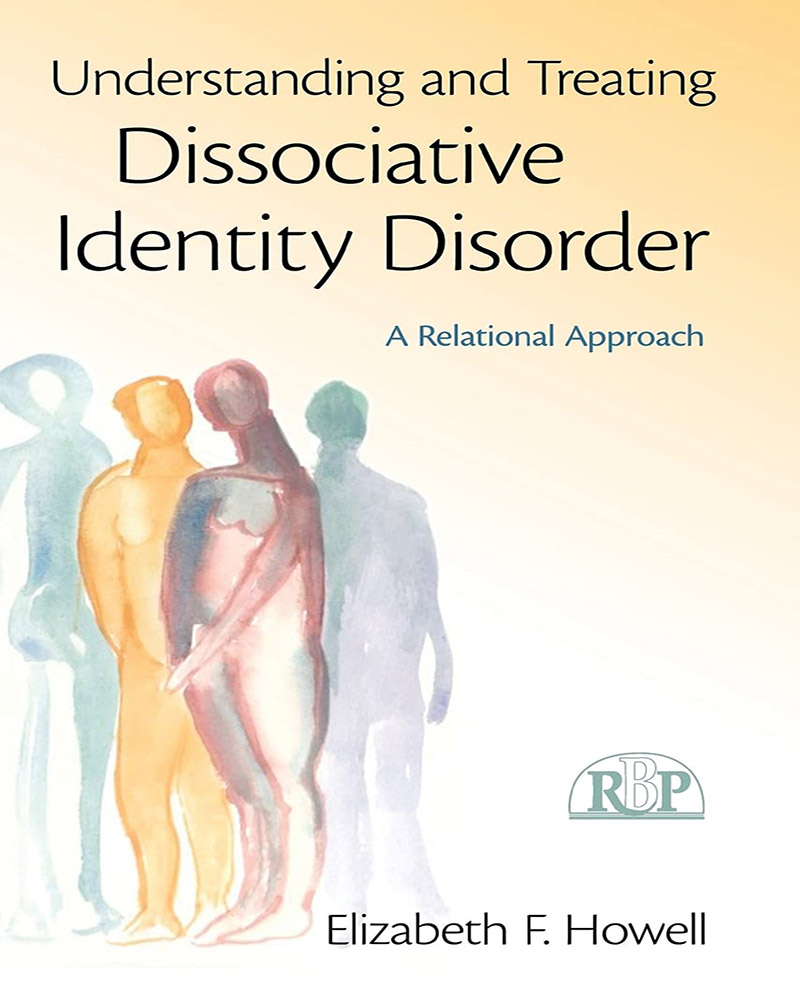








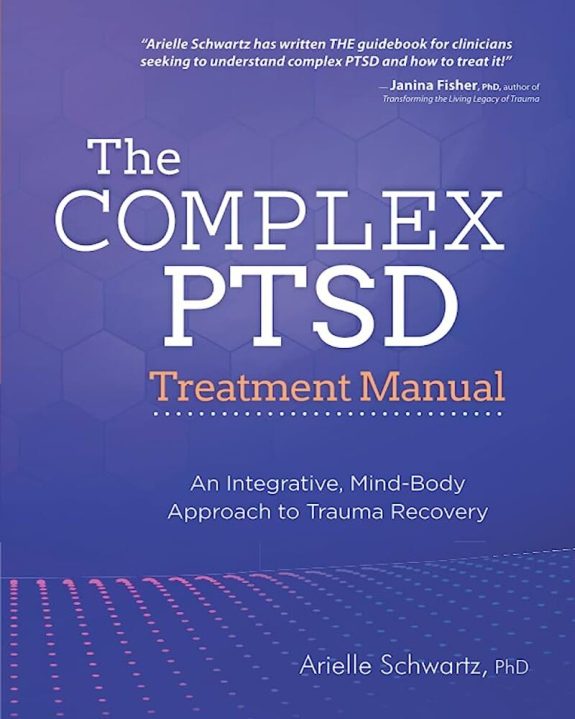

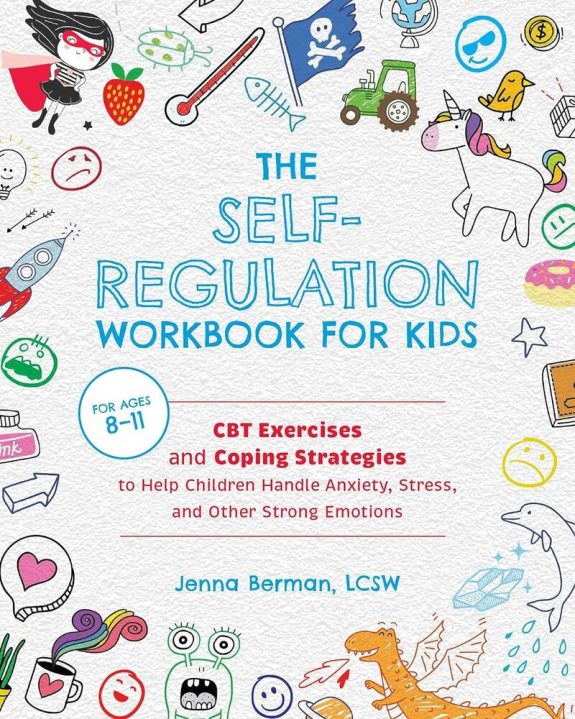

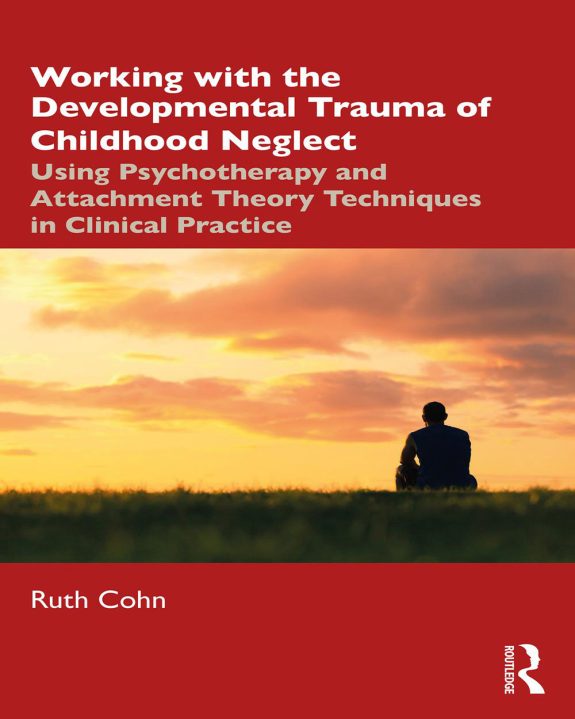
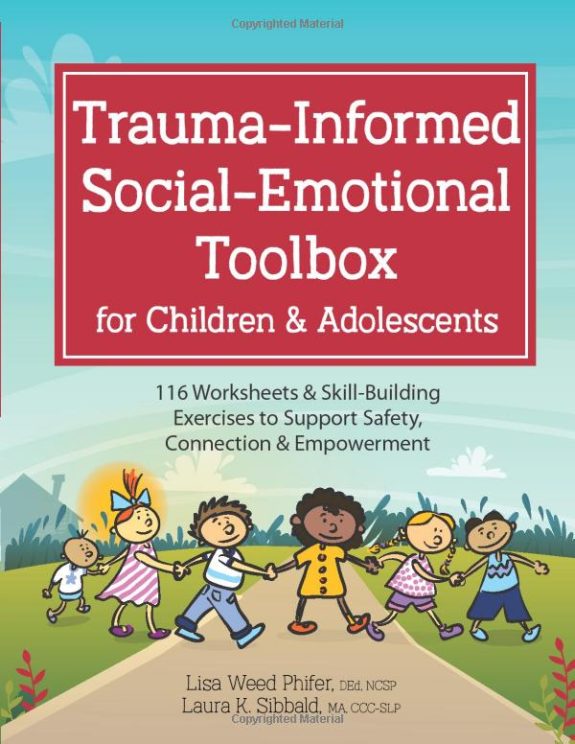

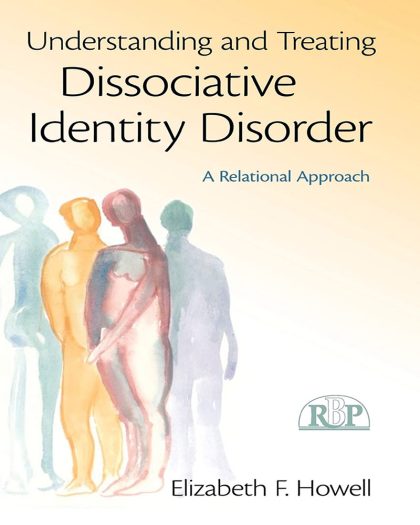
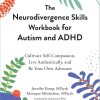

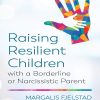
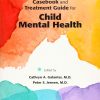
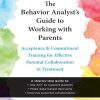
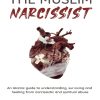

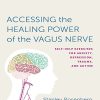
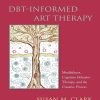






Great discussion of trauma and it’s effects in dissociative disorders
I read a lot of books related to mental health. This is by-far one of the best! Dr. Howell’s style is informative, relevant, and engaging. I highly recommend this text for anyone researching DID.
This is a very well-written book. It is written for clinicians, and has a psychoanalytic bend to it, but this author has the most thorough understanding of DID and the current research being done today that I have ever read. As someone with DID, I appreciate the work she is doing to move the research, thinking, and treatment along when it comes to DID. There are some parts that a non-clinician or non-psychoanalysts may not get, but the book is still very interesting and worth the read for someone wanting to read about DID at a higher level. Also, it has a section in it that explains what it is like to have DID that is superior to all of the many books I have read on the subject. This author gets it, and I am sure her patients are fortunate to have someone who has put so much into understanding and treating DID.
A good compilation of theoretical background, leading into a self/relational perspective approach. Good clinical examples, illustrating concepts.
Helpful and informative.